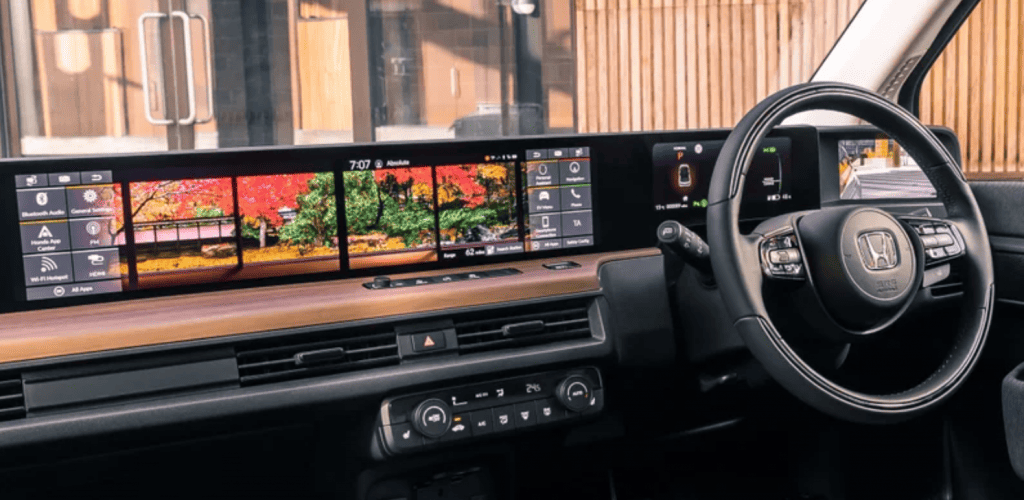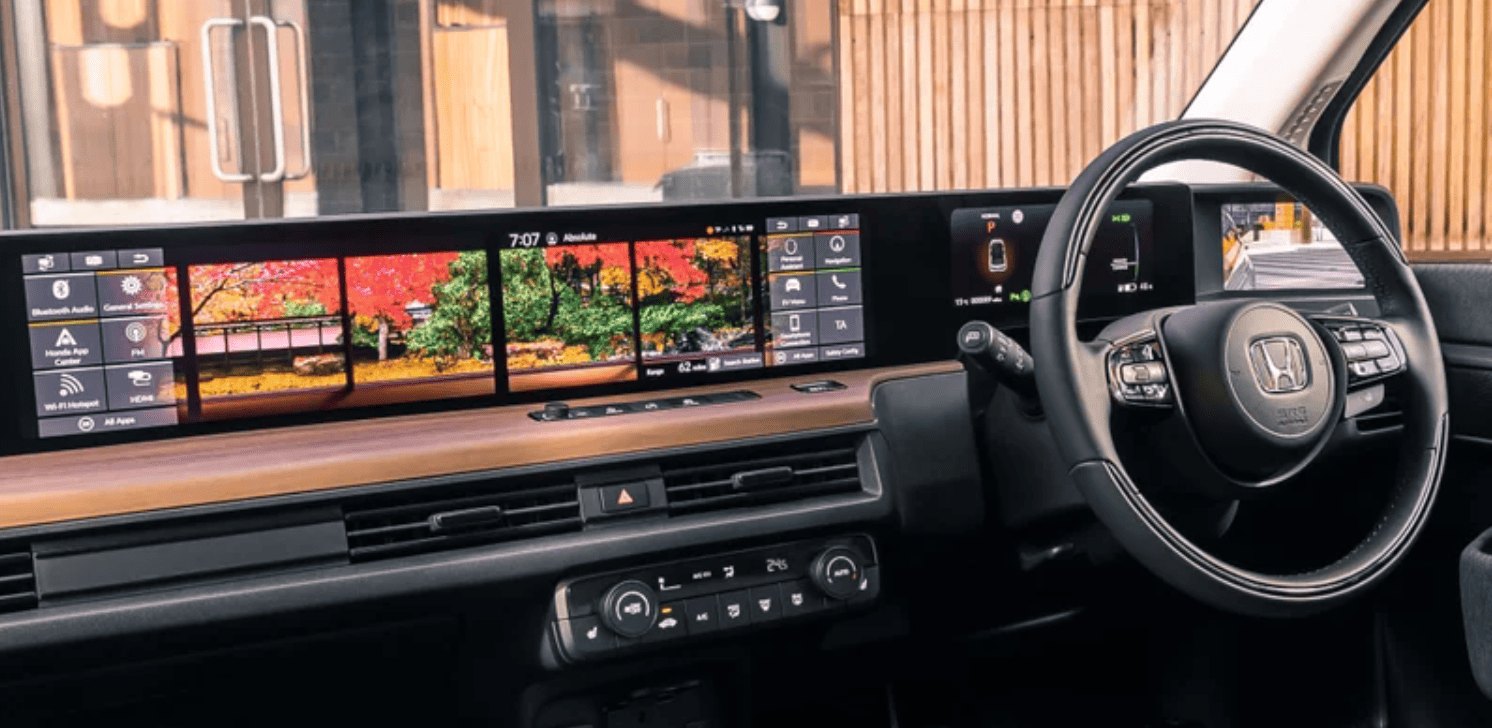Navigation tools have come a long way, making it easier than ever for UK drivers to reach their destinations with confidence. Two primary options for navigation are standalone satellite navigation systems, commonly known as Sat Navs and smartphone apps. In this article, we will compare these two navigation tools to help you determine which is the better choice for UK drivers.
Accuracy and Reliability
One of the critical factors to consider when choosing a navigation tool is accuracy and reliability. Sat Navs, which rely on dedicated GPS receivers, are known for their precision. They provide real-time, turn-by-turn directions with minimal lag. In contrast, smartphone apps depend on the device’s built-in GPS and cellular data for accuracy. While smartphone apps have improved over the years, they may suffer from inaccuracies in areas with poor cellular reception.

Map Updates
Keeping maps up to date is essential for accurate navigation. Sat Navs usually come with pre-installed maps and offer regular updates that can be purchased or downloaded for free. On the other hand, smartphone apps like Google Maps and Waze offer frequent updates, often in real-time. However, they may require a stable internet connection for the latest map data, which can be problematic in remote areas.
Cost
Cost considerations are vital when selecting a navigation tool. Sat Navs come with a one-time upfront cost, and map updates may have additional fees. In contrast, smartphone apps are often free to download and use, but they can consume data, potentially leading to higher phone bills. Some apps offer premium versions with enhanced features for a monthly or yearly fee.
User-Friendly Interface
Both Sat Navs and smartphone apps offer user-friendly interfaces, but personal preferences can play a significant role. Sat Navs typically have larger screens and physical buttons, making them easier to use while driving. Smartphone apps, on the other hand, offer familiar touchscreen interfaces, but they may require mounting the phone securely for safe operation.
Traffic Updates and Alternate Routes
One area where smartphone apps shine is in real-time traffic updates and suggested alternate routes. Apps like Google Maps and Waze provide live traffic data, allowing drivers to avoid congestion and accidents. Sat Navs also offer traffic services, but they may require additional subscriptions or external traffic receivers.
Additional Features
Smartphone apps often provide additional features beyond navigation, such as restaurant recommendations, gas prices, and local points of interest. Sat Navs tend to focus primarily on navigation but may include features like Bluetooth connectivity for hands-free calling.
FAQs
1. What is a Sat Nav?
A Sat Nav, short for Satellite Navigation, is a standalone navigation device that uses GPS (Global Positioning System) technology to provide turn-by-turn directions and help users navigate to their destinations.
2. Can I use smartphone apps for navigation offline?
Yes, some smartphone apps offer offline navigation options, allowing users to download maps in advance and use them without an internet connection. This can be particularly useful in areas with poor cellular reception.
3. Are Sat Navs more accurate than smartphone apps?
Generally, Sat Navs are known for their accuracy because they rely on dedicated GPS receivers. Smartphone apps have improved over the years but may still suffer from inaccuracies in areas with poor GPS signal or limited data connectivity.
4. Do smartphone apps consume a lot of data while navigating?
Smartphone apps do use data for real-time features like traffic updates and map downloads. However, the data consumption can vary depending on the app and settings. Users can reduce data usage by downloading maps for offline use.
5. Are Sat Nav map updates free?
Most Sat Nav manufacturers provide regular map updates, but they may come with additional fees. Some devices offer free map updates for a limited period after purchase.
Read more: Sat Navs And Road Safety: How Navigation Systems Affect Driving In The UK
6. Which navigation tool is more cost-effective in the long run?
Cost-effectiveness depends on individual usage and preferences. Sat Navs have an upfront cost, while smartphone apps are often free but may lead to higher data charges. Consider your navigation needs and how frequently you travel to determine the most cost-effective option.
7. Do smartphone apps offer voice-guided directions like Sat Navs?
Yes, many smartphone navigation apps offer voice-guided directions, just like Sat Navs. Users can enable this feature for hands-free navigation.
8. Can I use a smartphone app and a Sat Nav simultaneously for navigation?
Yes, many drivers use both a smartphone app and a Sat Nav simultaneously to take advantage of the strengths of each tool. For example, you can use a smartphone app for real-time traffic updates and a Sat Nav for accurate turn-by-turn directions.
Read more: Sat Navs and Data Privacy: Understanding the Security Risks in the UK
9. Are there any safety concerns when using smartphone apps for navigation while driving?
Using smartphone apps for navigation while driving can be safe if done responsibly. It’s essential to mount the phone securely, use voice-guided directions, and avoid distractions to ensure safe driving.
10. Can I update the maps on my smartphone app for free?
Many smartphone apps like Google Maps and Apple Maps offer free map updates. However, keep in mind that downloading updates may consume data, so it’s advisable to use Wi-Fi when updating maps to avoid data charges.
Conclusion
In the debate of Sat Navs and smartphone apps for UK drivers, the choice ultimately depends on individual preferences and needs. If you prioritize accuracy, reliability, and a dedicated device, a Sat Nav is an excellent choice. However, if you value real-time traffic updates, cost savings, and multifunctionality, smartphone apps like Google Maps or Waze may be more suitable.
In practice, many drivers opt for a hybrid approach, using both Sat Navs and smartphone apps to benefit from the strengths of each tool. Whichever you choose, it’s essential to stay updated on map data and maintain a secure, distraction-free setup for safer driving experiences in the United Kingdom.


